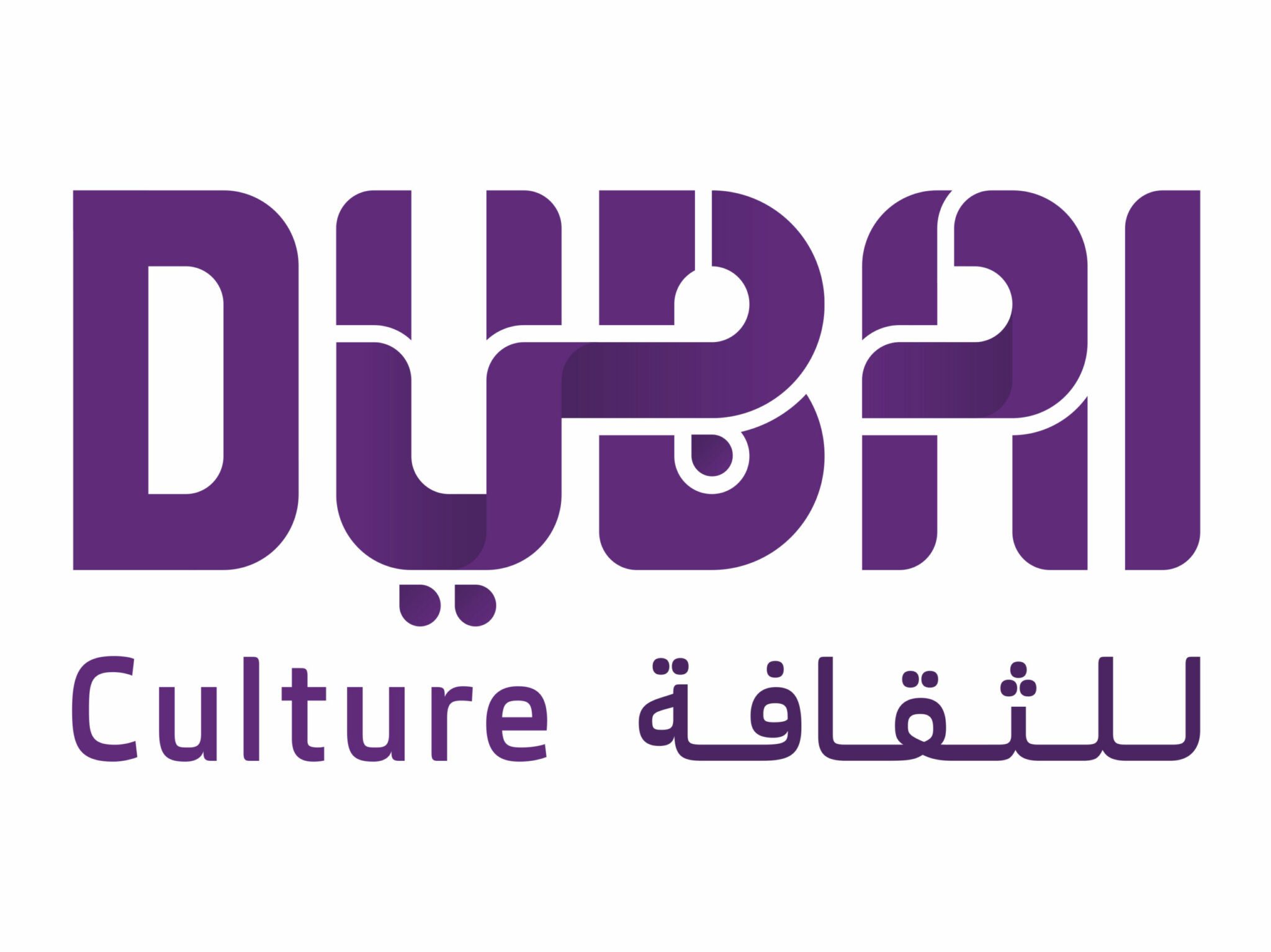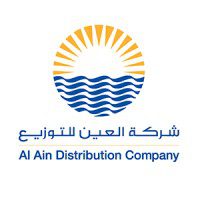Today, there are nearly 171 million VR users worldwide. As the popularity of this technology keeps growing, businesses are using VR to accomplish their goals in more ways than one. As a result, VR app development is seeing more and more investments from enterprises across industries. With this, the VR market share is estimated to rise to a whopping $227.34 billion by 2029.
If you’re considering investing in VR application development for your enterprise, the time is right to make it happen. Unsure of how to start? You’re not alone.
With VR technology constantly evolving, navigating the market and choosing the best approach for your business can be challenging. That’s why we’ve created this guide to help you understand the basics of VR application development and provide the information you need to make informed decisions.
In this blog, we’ll cover the benefits of VR technology for enterprises, the types of VR applications available, and the steps involved in the development process. We’ll also share tips on finding the right VR app development company and ways to ensure your VR app’s success.
What is a VR Software?
VR software refers to computer programs designed to create and simulate immersive virtual reality experiences for users. These software programs use advanced graphics and 3D technology to create a computer-generated environment that can be interacted with in a highly realistic and engaging way.
Why does VR Technology Matter to Businesses?
VR technology has opened up new possibilities for various industries, and a wide range of VR apps are available that provide users with unique and immersive experiences. From gaming and education to training and simulation, VR apps transform how we interact with technology and provide new ways to learn, relax and explore.


Here are some of the ways VR is used in different industries.
Real Estate: Imagine being able to tour a house or apartment before it’s even built. With VR software, you can create a virtual walkthrough of a property, allowing potential buyers to see every detail before purchasing.
Retail: VR technology can create virtual stores where customers can browse products, try on clothes, and make purchases without leaving their homes.
Manufacturing: VR software can train employees on new equipment and procedures, reducing the risk of accidents and increasing efficiency.
Healthcare: VR technology can simulate medical procedures and allow medical professionals to practice surgeries in a safe and controlled environment.
Entertainment: VR software creates immersive games and experiences beyond traditional screen-based entertainment. For instance, “Beat Saber” is a popular VR rhythm game where you use lightsabers to “slice” through blocks in time with the music.
One popular real-world example of VR technology in use is Walmart. They’ve started using VR training modules to help employees prepare for Black Friday and other busy shopping periods. The VR software simulates a busy store environment, allowing employees to practice customer service skills and learn how to deal with high-stress situations.
Investing in VR technology can help businesses engage with customers, train employees, and showcase products. By creating a highly immersive and interactive experience, VR apps can provide a unique and engaging way for businesses to connect with their audience.
Whether through a virtual product demonstration, a training simulation, or an immersive marketing campaign, virtual reality technology is opening up new possibilities for businesses across industries.
Types of Virtual Reality Apps
There are a ton of different types of VR software, including games, simulations, educational tools, and even therapy programs. With VR software, you can explore new worlds, interact with virtual objects and characters, and train for real-world scenarios in a safe and controlled environment.
This section will discuss some of the most common types of VR apps.
Gaming Apps: Gaming has been the most popular application of VR technology. Virtual reality gaming apps allow users to enter into an immersive virtual world where they can interact with objects and characters in a highly realistic way. The games usually require users to wear VR headsets and hand-held controllers, which allows them to move and interact within the virtual environment.
Training and Simulation Apps: Virtual reality training and simulation apps have been developed for various industries, including military, aviation, and medical. These apps are designed to provide a safe and controlled environment for users to practise and learn new skills. For instance, pilots can use VR simulations to practise flying planes in different weather conditions and emergency scenarios.
Education Apps: Virtual reality education apps are becoming more popular as they provide a highly immersive and interactive learning experience. Students can use VR headsets to explore and learn about different subjects such as science, history, and geography. For example, a VR app can take students on a virtual field trip to ancient ruins or outer space, allowing them to experience history and science in a whole new way.
Health and Wellness Apps: Virtual reality apps are also being used to provide therapy and relaxation. These apps help users manage stress, anxiety, and other mental health issues. Users can use VR headsets to enter calming environments, such as beaches or forests, and engage in mindfulness activities.
Virtual Tours and Real Estate Apps: Virtual reality apps also showcase real estate properties and provide virtual tours of different destinations. These apps allow users to explore homes, apartments, and other properties in 3D and even visit different cities and landmarks worldwide.
How Do Virtual Reality Apps Work?
To understand the technology behind VR apps, it is important to be familiar with the components that make it all possible.
The Engine
The engine that powers the graphics and interactions is at the core of any virtual reality software. These engines are designed to create immersive environments that respond to user input in real time. Unity is one of the most popular VR engines.
The Hardware
The hardware required for VR software includes a headset and controllers that allow users to interact with the virtual environment. The headset is the primary piece of hardware and includes two screens that display a stereoscopic image for each eye, creating a sense of depth. The controllers allow users to interact with the virtual environment in a highly realistic way.
The Software
The software that powers VR apps is designed to create a computer-generated environment that responds to the user’s movements and interactions. The software uses advanced graphics and 3D technology to create a highly realistic and immersive environment.
The Content
The content of the virtual environment is an essential component of VR software. Whether a training simulation or a marketing campaign, the content must be engaging and relevant to the user’s needs. The content should be designed to provide a unique and memorable experience that will keep the user engaged.
The Integration
Finally, integration is an important component of VR software. The software needs to be integrated with the hardware to create a seamless experience for the user. Integration with other software and systems can also help to create a more efficient and effective solution.
Tech Stack Required for VR Software Development
You need a specific tech stack for successful VR software development. Here are some of the key components of a VR tech stack.
Graphics Engines
Graphics engines are the backbone of any VR software development project. They provide the tools necessary to create realistic and immersive 3D environments. Some of the most popular graphics engines used in VR development include Unity, Unreal Engine, and CryEngine.
Programming Languages
There are several programming languages used in VR software development. C++ is one of the most popular programming languages for creating VR applications due to its ability to handle complex graphics processing. Java and C# are also commonly used in VR development, especially with the Unity engine.
Hardware
Hardware is a crucial component of VR software development. VR hardware typically includes a headset, controllers, and sensors that track movement and position. The most popular VR hardware includes Oculus Rift, HTC Vive, and PlayStation VR.
SDKs
Software Development Kits (SDKs) help developers create VR software. These SDKs provide access to libraries, APIs, and other resources needed to create the software.
3D Modeling and Design Tools
3D modeling and design tools create the virtual environments and assets of the VR experience. Blender, Maya, and 3DS Max are the most popular 3D modelling tools in VR software development.
Sound and Audio Tools
Sound and audio tools are essential in creating a truly immersive VR experience. Tools such as FMOD, Wwise, and Unity Audio create realistic and dynamic soundscapes for the virtual environment.
VR App Development Process in Six Steps
Creating a VR app requires a structured and well-planned approach. The VR application development process involves conceptualization, design and prototyping, development, testing, deployment, maintenance, and support. Let’s break them down one by one.
Step 1. Conceptualization
The first step in developing a VR application is to conceptualize the idea. You need to identify the target audience, goals, and objectives of the VR application. This stage involves brainstorming ideas, identifying the VR application’s purpose, and defining its scope.
Step 2. Design and Prototyping
After conceptualization, the next step is to create a design and prototype of the VR application. This stage involves creating a detailed plan, including the application’s interface, user experience, and overall design. It also includes the creation of a prototype that can be tested and refined before moving on to the development stage.
Step 3. Development
Once the design and prototype have been approved, the development stage begins. This stage involves coding and programming the VR application to create a functional and interactive experience. The development stage includes creating 3D models, animations, audio, and other elements required for the VR application.
Step 4. Testing
Testing is a crucial stage in the VR application development process. It involves checking the VR application’s functionality, identifying and fixing bugs, and ensuring it works as intended. This stage also includes testing the VR application’s performance on various devices and platforms.
Step 5. Deployment
After the VR application has been tested and refined, the deployment stage begins. This stage involves launching the VR application on the desired platforms, such as VR headsets, mobile devices, or desktop computers. It also includes promoting the VR application to the target audience through marketing and advertising strategies.
Step 6. Maintenance and Support
Launching a VR application is just the beginning. It requires ongoing maintenance and support to ensure optimal performance and user experience. This stage involves fixing bugs, adding new features, and updating the VR application to keep it up-to-date with the latest technology trends and user preferences.
How to Choose the Right VR App Development Company?
Now that you know what goes into VR app development, it’s time to find the right people to bring your VR app to reality.


Developing a VR app isn’t as straightforward as any other software development project. It takes specialized skills to create user-friendly VR apps, making finding the right development company crucial. So, how do you know which VR app development company to hire for your project? Here are some qualities to look for.
Expertise in VR
Developing a VR app requires focused skills and expertise in 3D modeling, animation, audio design, and programming. A specialist VR app development company has a team of professionals with the necessary expertise and experience to create high-quality and immersive VR experiences for your business.
Work Quality
The quality of work provided by a VR app development company is crucial to the success of your app. A reputable company will have a portfolio of successful VR app projects demonstrating its capabilities and expertise. You can evaluate the quality of their work by reviewing their portfolio, case studies, and testimonials from their clients.
Custom Solutions
Every business has unique requirements and objectives for developing a VR app. A specialized VR app development company can provide customized solutions tailored to your business needs. They can understand your objectives and create a VR app that aligns with your brand image, target audience, and business objectives.
Project Management
Developing a VR app involves various stages, from conceptualization to deployment. A reputable VR app development company will have a structured project management process to ensure the project’s success. They can provide regular updates and progress reports, ensuring the project is completed on time and within budget.
Ongoing Support
A specialized VR app development company will provide ongoing support and maintenance services, including bug fixes, updates, and improvements, to ensure your app’s success in the long run.
Budget
Developing a VR app can be an expensive and time-consuming process. However, a specialized VR app development company can provide cost-effective solutions by optimizing the app’s performance and reducing its file size. They can also provide valuable insights into the monetization strategy, helping you to generate revenue through your app.
Build Your VR App With Silwatech
If you’ve read this far, you’ve got the basic knowledge and insights to make the most of VR technology for your business. As you can see, developing a VR app requires a reliable team with solid VR software development knowledge and experience. That’s who we are at Silwatech. Contact us today to learn more about our AR VR app development services and how we can help you with your next project.




























© 2024 Silwatech. All rights reserved